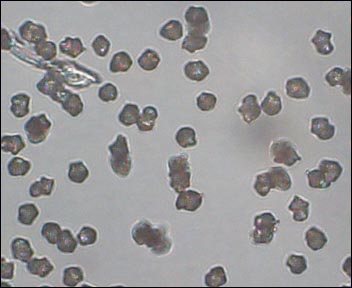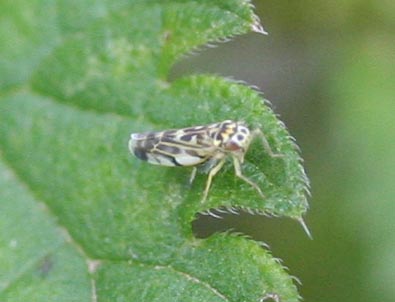With the fungal season being well under way, I have been waiting for a gap in the rain to go to Ards. Everything came together on Sunday, so off I went with a smile and an empty memory card in my camera.
Ards forest is an ancient mixed woodland on the west coast of Donegal. First landfall from the Atlantic and the ancient trees combine to form a perfect environment for fungi (and lichens), and it never fails to deliver something interesting.
In no particular order we have:
A tiny pair (3 cm. tall) of Snowy Waxcap,
Hygrocybe nivea:
 |
Snowy Waxcap
|
At the other end of the scale, a huge (20 cm.diameter)
Cortinarius purpurascens, which formed part of a large ring:
 |
| Cortinarius purpurascens |
In the deepest and darkest part of the forest - in what was the quarry that sourced the stone for the nearby monastery - a fresh example of the wonderful
Polyporus badius:
 |
| Polyporus badius |
At 4 cm. across the cap, it's hard to believe that this fine little cup is closely related to Polyporus squammosus, the Dryad's Saddle, which can reach almost 1 metre across.
New to me, and a first record for Co. Donegal of Humaria hemisphaerica. There are a couple of previous records from Ireland:
 |
| Humaria hemisphaerica |
The inside surface (which is the spore-bearing surface) looks almost like porcelain.
I'm always glad to see the extremely rare Phellodon melaleucus in its usual location. This fungus has a strong smell of fenugreek when dry:
 |
| Phellodon melaleucus |
Ards is one of very few places that I have found the Death Cap - Amanita phalloides:
 |
| Amanita phalloides - Death Cap |
As its name suggests, the Death Cap is deadly poisonous: if you consume any part of this fungus, death will follow - within 72 hours - from liver and kidney failure. There is no cure.
A couple of
Entoloma sp. (identification still under way):
 |
| Entoloma sp. |
 |
| Entoloma sp. |
There are hundreds of
Entoloma species, and separation usually involves microscopic analysis. They are readily recognisable due to their radially-striped caps and finely-constructed gills, which are often lined with the cap colour:
 |
| Entoloma sp. gill edges |
Their spore print is pink and the spores have a very unusual and distinctive shape:
 |
| Entoloma spores at x 400 |
The Amethyst Deceiver must be one of our most recognisable fungi:
 |
| Amethyst Deceiver |
The name 'Amethyst Deceiver' comes from the closely-related Deceiver, which varies so much in colour that it closely resembles many other fungi. No such problem with the Amethyst version.
This Cortinarius has been giving me a bit of bother. I think it might be
Cortinarius semisanguineus.
Identification awaiting confirmation.
 |
| Cortinarius ?semisanguineus |
Here's a shot of a young specimen:
 |
| Cortinarius ?semisanguineus |
Tiny Marasmius rotula specimens were dotted all over dead twigs, looking like little gems in the darkness:
 |
| Marasmius rotula |
The coral-like
Ramaria stricta forms large specimens grouped together to cover large areas of ground under Beech and Spruce:
 |
| Ramaria stricta |
Whilst walking along the beach, I spotted this excellent shot of the patterns of sand left by the tide. The light was dropping, making this shot look monochrome, but it's in full colour.
 |
| Sand patterns on the beach |
The pattern reminded me of the Entoloma gills shown earlier in the page, and both will probably be gone by tomorrow, never to return.
Announcement
I'm taking this opportunity to announce the launch of my new food-related blog over on
www.donegal-dinner.blogspot.com. If you like food and cooking, then you might find a visit worthwhile.

















































